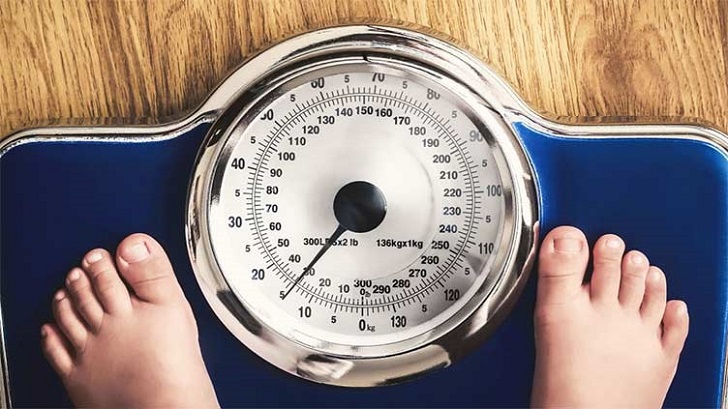Childhood obesity continues to be a major public health concern across America, threatening our generation’s well-being. Recent evidence suggests that without proper preventative measures and education, childhood obesity rates could double by 2035, making it imperative for our society to understand what we can do now to help prevent this startling reality from becoming true.

Pixabay/ Pexels | It’s time to take action and work together toward a healthier future for the next generation.
Childhood Obesity Crisis in the US
Childhood obesity is no longer just a health concern but a crisis that has hit the United States hard. Over the last few decades, the prevalence of obesity in children has tripled, and it is now considered one of the nation’s most significant public health issues. The statistics are alarming, with one in every six children classified as obese. This makes this even more concerning because obese children are more at risk of developing chronic diseases, such as cardiovascular disease and diabetes. Addressing this crisis requires a multifaceted approach involving parents, schools, policymakers, and the health industry. Educating parents and caregivers on the importance of healthy eating habits and physical activity and implementing policies that promote healthy food options and physical activity in schools is essential.
Causes

AP/ Stock | The fight against childhood obesity must be a collective effort to ensure the future health and well-being of our nation’s children.
Childhood obesity is a growing concern affecting children, their families, and communities. Research has shown that multiple factors contribute to this issue. One of the main causes of childhood obesity is unhealthy eating habits, including consuming high-calorie and high-fat foods and sugar-sweetened drinks instead of a balanced diet consisting of fruits, vegetables, lean protein, and whole grains. Lack of physical activity is another factor that can lead to weight gain and obesity. With more and more children spending time indoors, often in front of screens, they are becoming less active and less likely to engage in physical activity. Genetics, socioeconomic status, and environmental factors also play a role in the development of childhood obesity. It is essential to address these underlying causes of childhood obesity to prevent its onset and promote overall health and wellness for the next generation.
Impact of Obesity on Health and Well-being
The impact of this condition on health and well-being cannot be understated. From increased risk of chronic diseases such as diabetes, cardiovascular disease, and mental health disorders to decreased quality of life and self-esteem, childhood obesity poses a significant threat to the health and happiness of affected children. It also places a burden on healthcare systems and society as a whole. Understanding the factors that contribute to childhood obesity and the interventions that can prevent or treat it is crucial for ensuring a healthy and vibrant future for our children.

Healthline/ Pinterest | Lower-income countries are often the least able to respond to obesity and its consequences
Strategies to Reduce and Prevent Obesity
It is essential to understand that prevention is always better than cure. Ensuring healthy eating habits and regular physical activity for children has been identified as one of the most effective ways to prevent obesity. Schools can significantly promote healthy eating and exercise habits and limit access to unhealthy foods. Public policies such as taxing sugar-sweetened drinks can reduce childhood obesity rates. The key is to create a society that makes easy, healthy choices.










